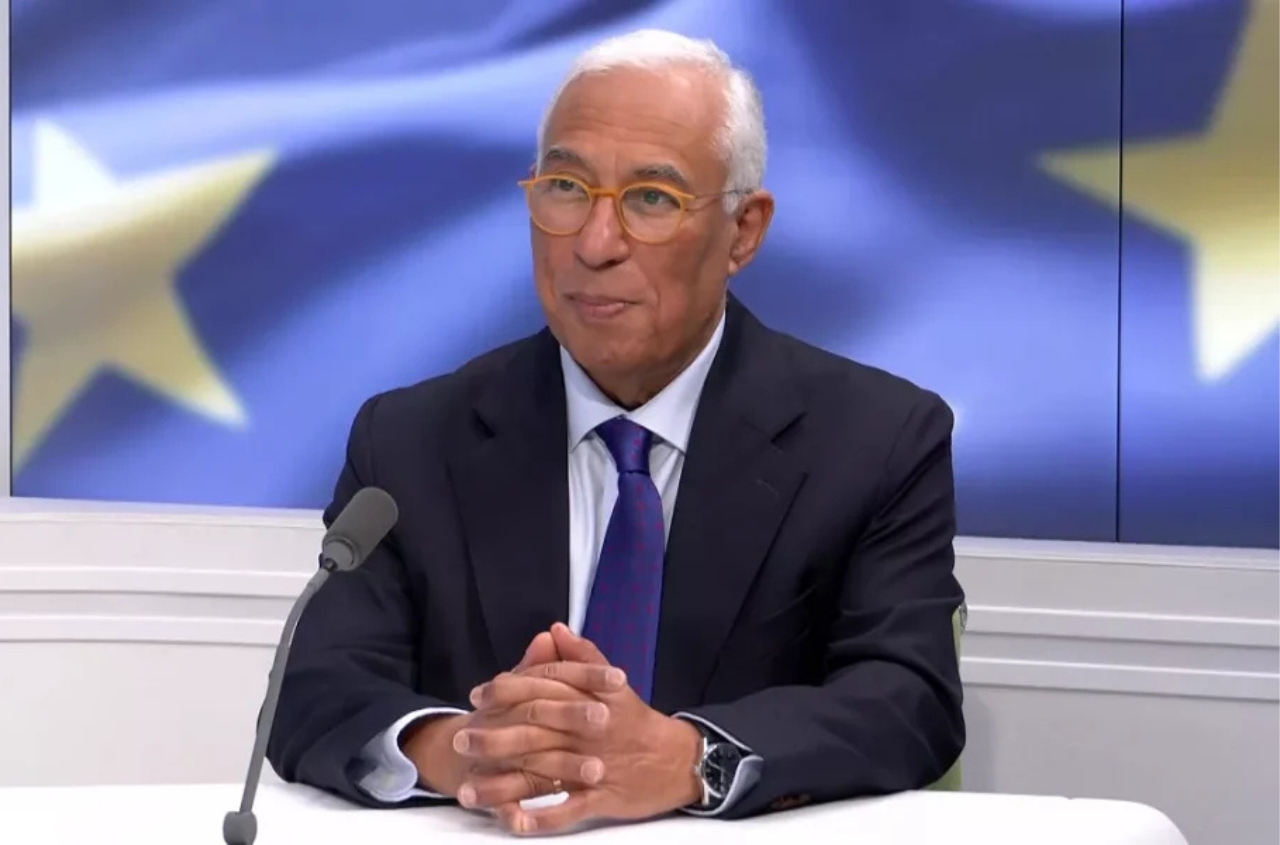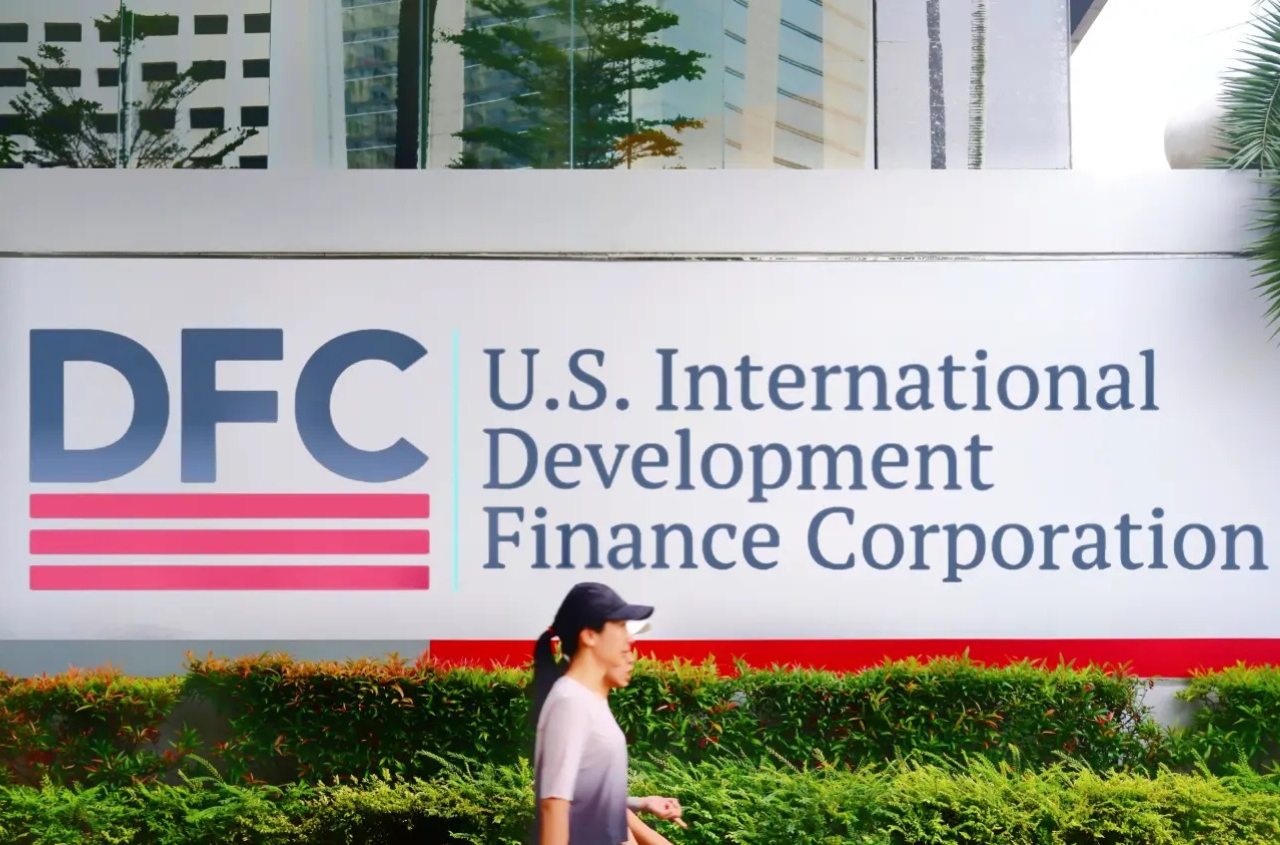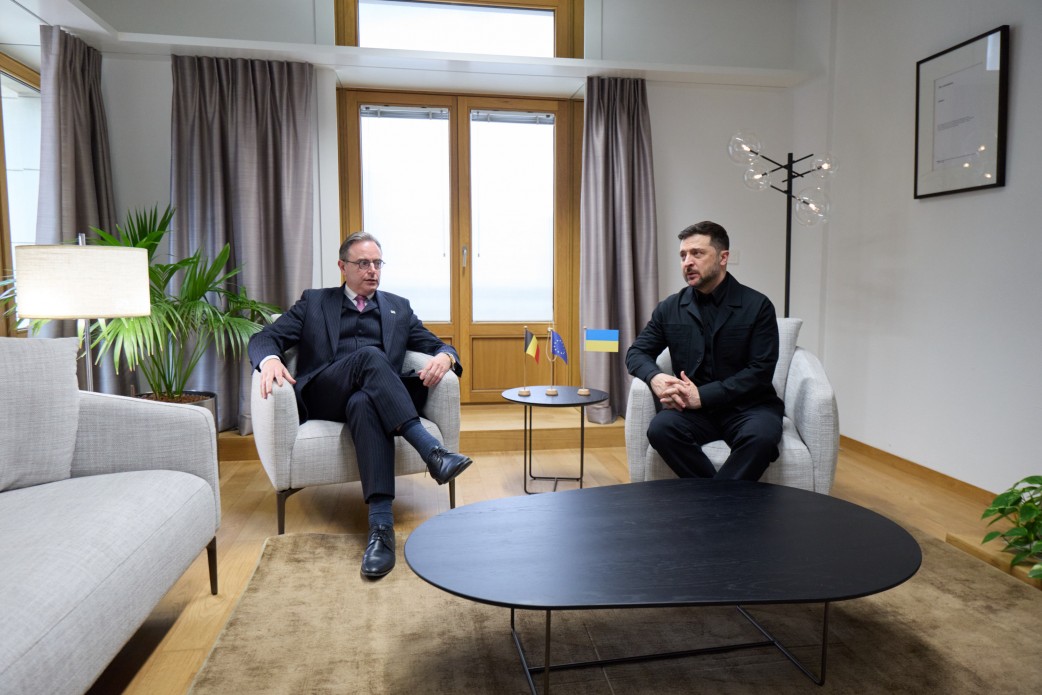During a working visit to Ukraine, a delegation from the United States headed by Deputy Administrator of USAID Isobel Coleman visited Irpin.
From this city, the state compensation program for damaged and destroyed housing, called eRecovery, has started. Nearly 3,500 residents of the city have already received funds for urgent and capital repairs. About 500 applications are still being processed. Since the beginning of this year, when the option to receive funds for purchasing new housing instead of destroyed housing became available, 500 residents of Irpin have received guaranteed compensation from the state, with an average amount of UAH 2.7 million.
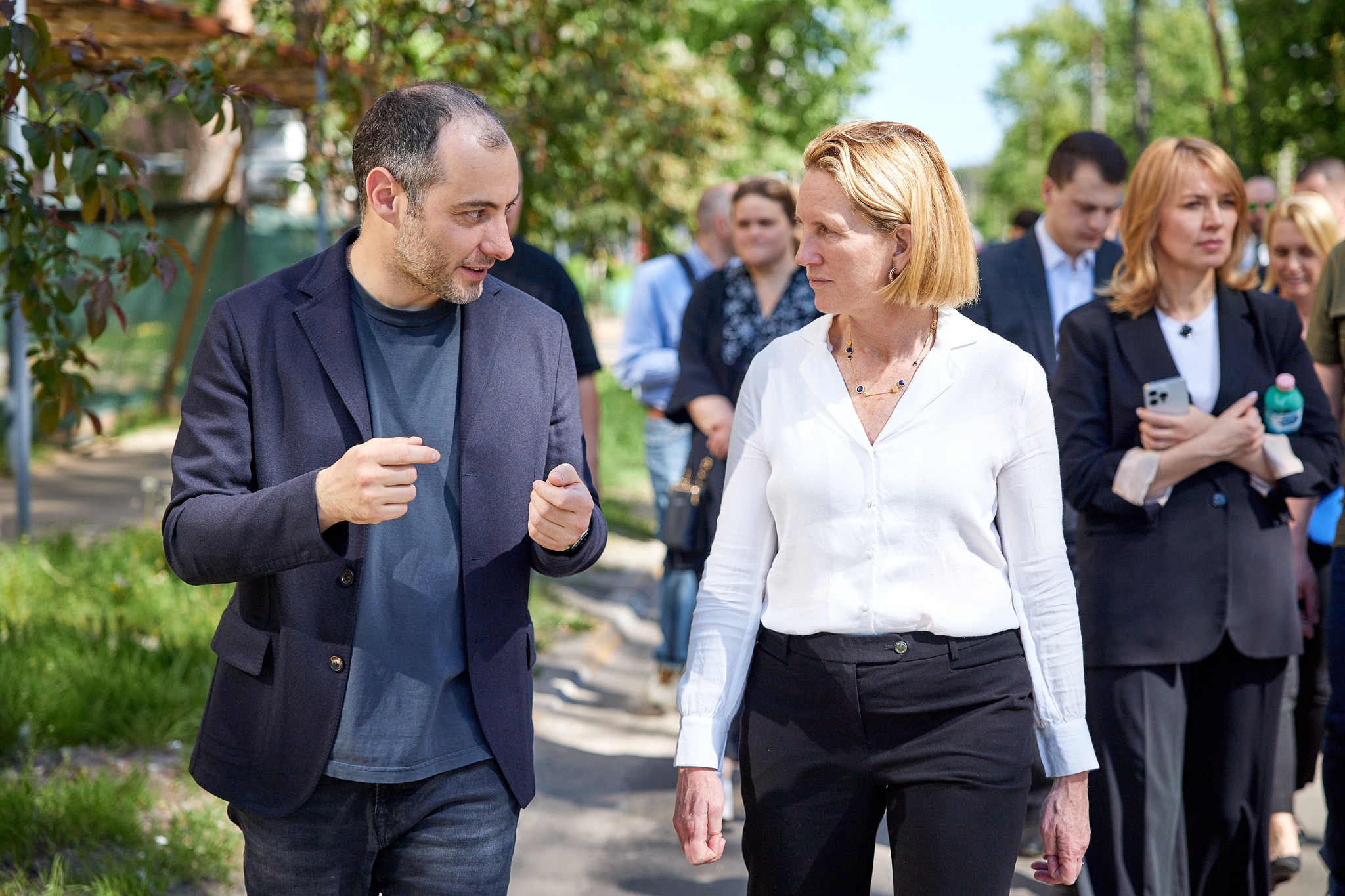
In total, over 55,000 Ukrainians have already received state assistance for repairs or the purchase of new housing, totaling nearly 10 billion hryvnias. The total number of Ukrainians in need of housing restoration is over half a million. This is the number of information messages about damaged or destroyed housing submitted through the Diia platform.
"During the initial months, the program was funded through the Fund for the Elimination of the Consequences of Armed Aggression—essentially from Russian assets seized in Ukraine. Now we have support from international financial institutions, but Russia must pay. Together with our partners, we are advocating for the use of frozen Russian assets worldwide, including for the restoration of housing for Ukrainians," said Olexander Kubrakov, Deputy Prime Minister for the Restoration of Ukraine.
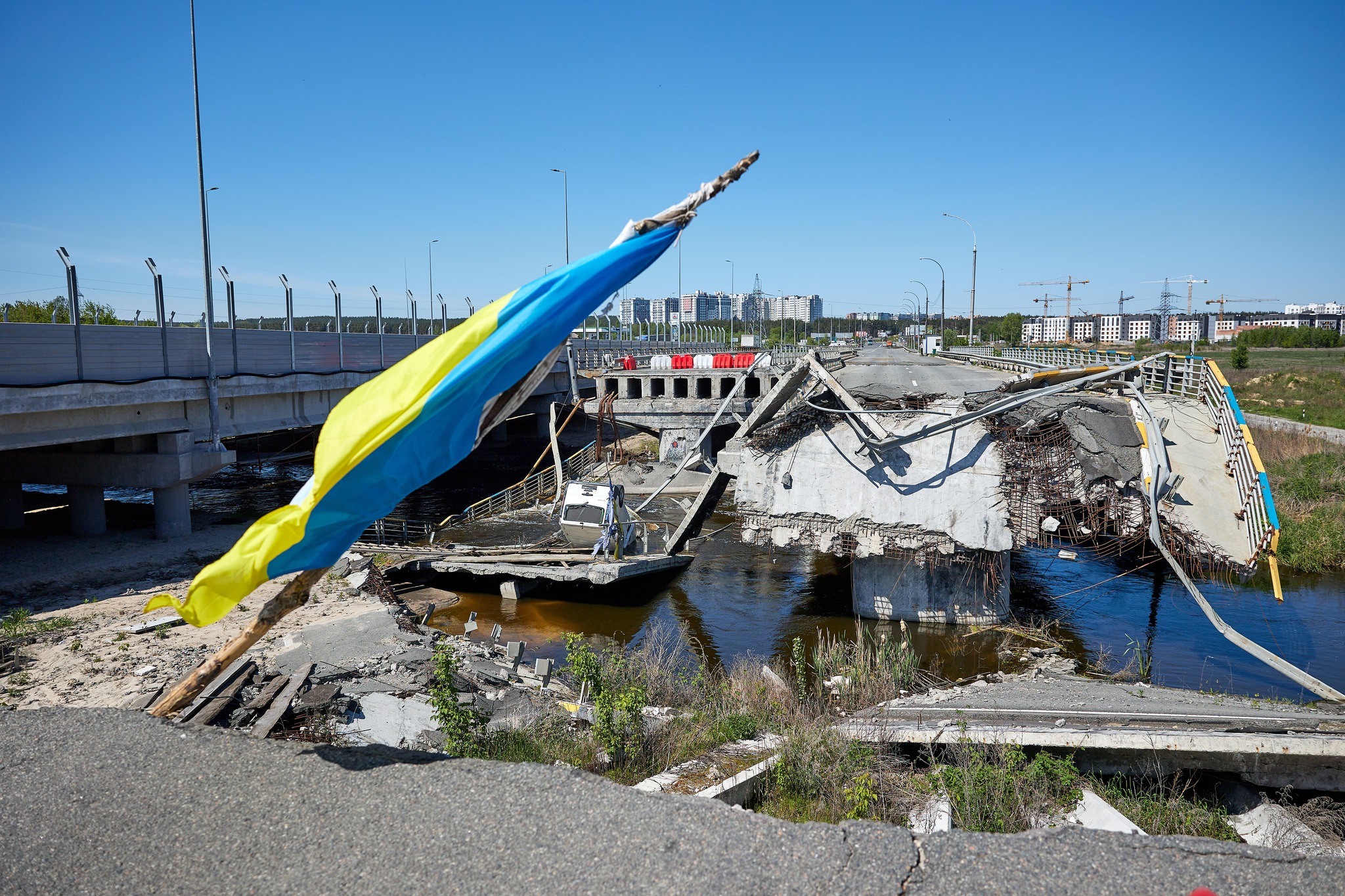
The delegation also visited the Romanivsky Bridge over the Irpin River on the R-30 road. On the morning of February 25, 2022, the bridge over the Irpin River was blown up. The destroyed concrete structures of the bridge cut off the connection to Kyiv and prevented Russian troops from advancing further.
The blown-up bridge became a place of rescue for tens of thousands of residents, and images of the evacuation circulated in the world's major media outlets.
The first temporary crossing built in Kyiv region at record speed was a 245-meter bypass road with a temporary bridge over the Irpin River, right next to the Romanivsky Bridge. It took six days for road workers to restore the connection to the capital. Over 9,000 tons of fill material were used for its construction.

This made it possible to quickly deliver humanitarian aid, necessary goods, medicines, and materials to Irpin, Hostomel, Bucha, and Vorzel.
Near the destroyed bridge, construction began on a new one, 115 meters long, with 4 lanes of traffic and bicycle-pedestrian sidewalks. To ensure transparency in the reconstruction, this project was uploaded to the digital restoration ecosystem for transparent management—DREAM, the State Digital Restoration Management Ecosystem.
All project data, including object description, technical approach, involved organizations, budget, funding sources, and progress photos, are available in open access: Link to the project.















